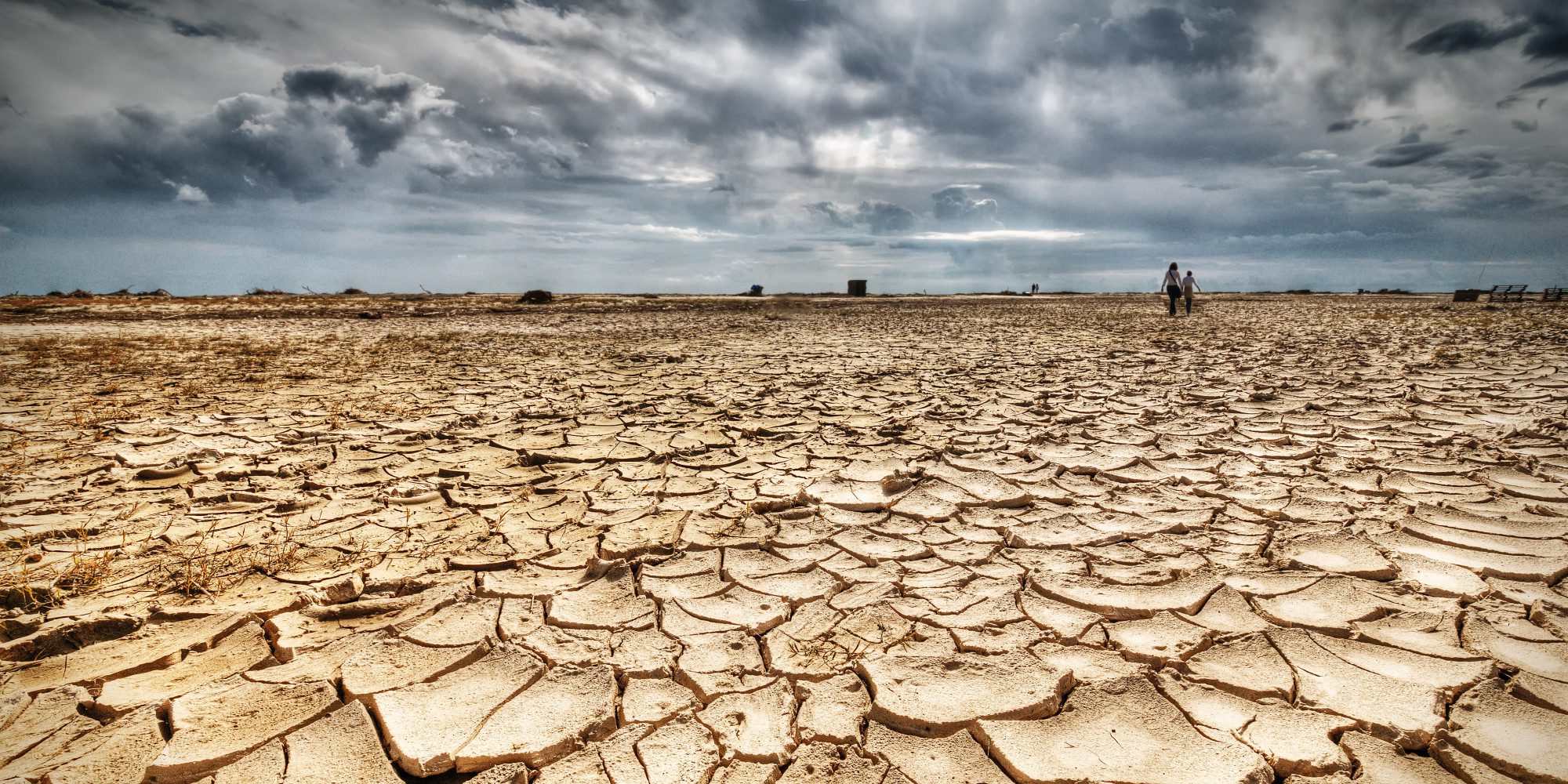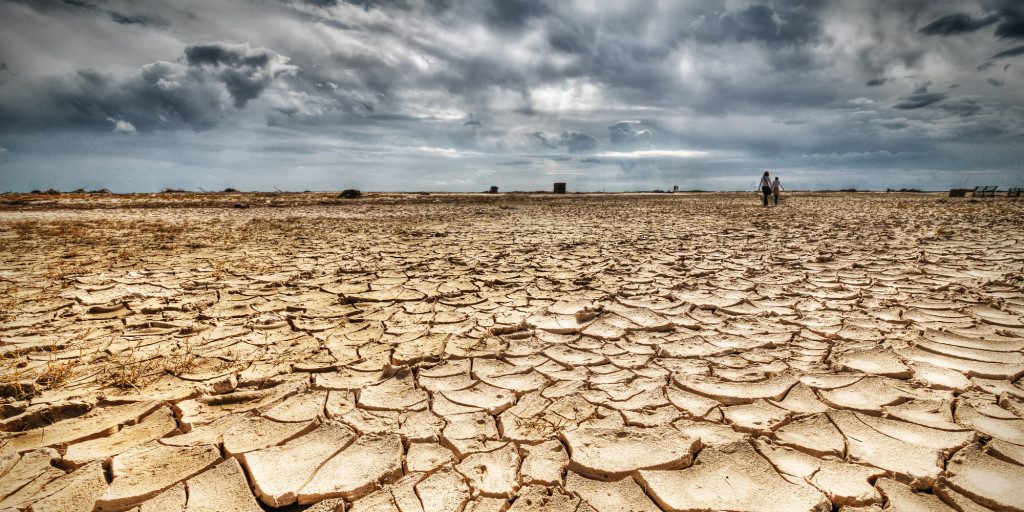Water Crisis
The record-breaking drought in California is not chiefly the result of low precipitation. Three factors – rising temperatures, groundwater depletion, and a shrinking Colorado River – mean the most populous U.S. state will face decades of water shortages and must adapt. By Glen MacDonald
The current drought afflicting California is indeed historic, but not because of the low precipitation totals. In fact, in terms of overall precipitation and spring snowpack, the past three years are not record-breakers, according to weather data for the past century. Similarly, paleoclimate studies show that the current drought is not exceptional given the natural variations in precipitation of the past seven centuries. Nor can it be confidently said that the current drought bears the unequivocal imprint of climate change Mark Ralston/AFP/Getty ImagesThe Lake Oroville reservoir in Northern California was at less than 25 percent capacity last month.driven by increasing greenhouse gases, since the low precipitation is well within the bounds of natural variability.
All this being said, it is also clear that this drought is exceptional and should be seen as an historical turning point. Indeed, California is moving into new — and worrisome — territory for three reasons: rising heat, which causes increased evaporation; the continuing depletion of groundwater supplies; and growing water shortages on the Colorado River, the main external source of water for Southern California.
A decade ago, I first wrote about California and the “perfect drought.” Now, unless bold steps are taken to deal with a growing water crisis, California may be facing a future of perfect droughts.
First, there is the heat. Although the current precipitation deficit cannot be attributed to global climate change, the record-breaking high temperatures of 2014 can be. These elevated temperatures produce increased evaporation from reservoirs and exacerbate irrigation demands. The commonly used Palmer Drought Severity Index combines both temperature and precipitation and in doing so shows that 2014 is indeed off the charts. This combination of low precipitation and high
Source: Beyond the Perfect Drought: California’s Real Water Crisis by Glen MacDonald: Yale Environment 360



